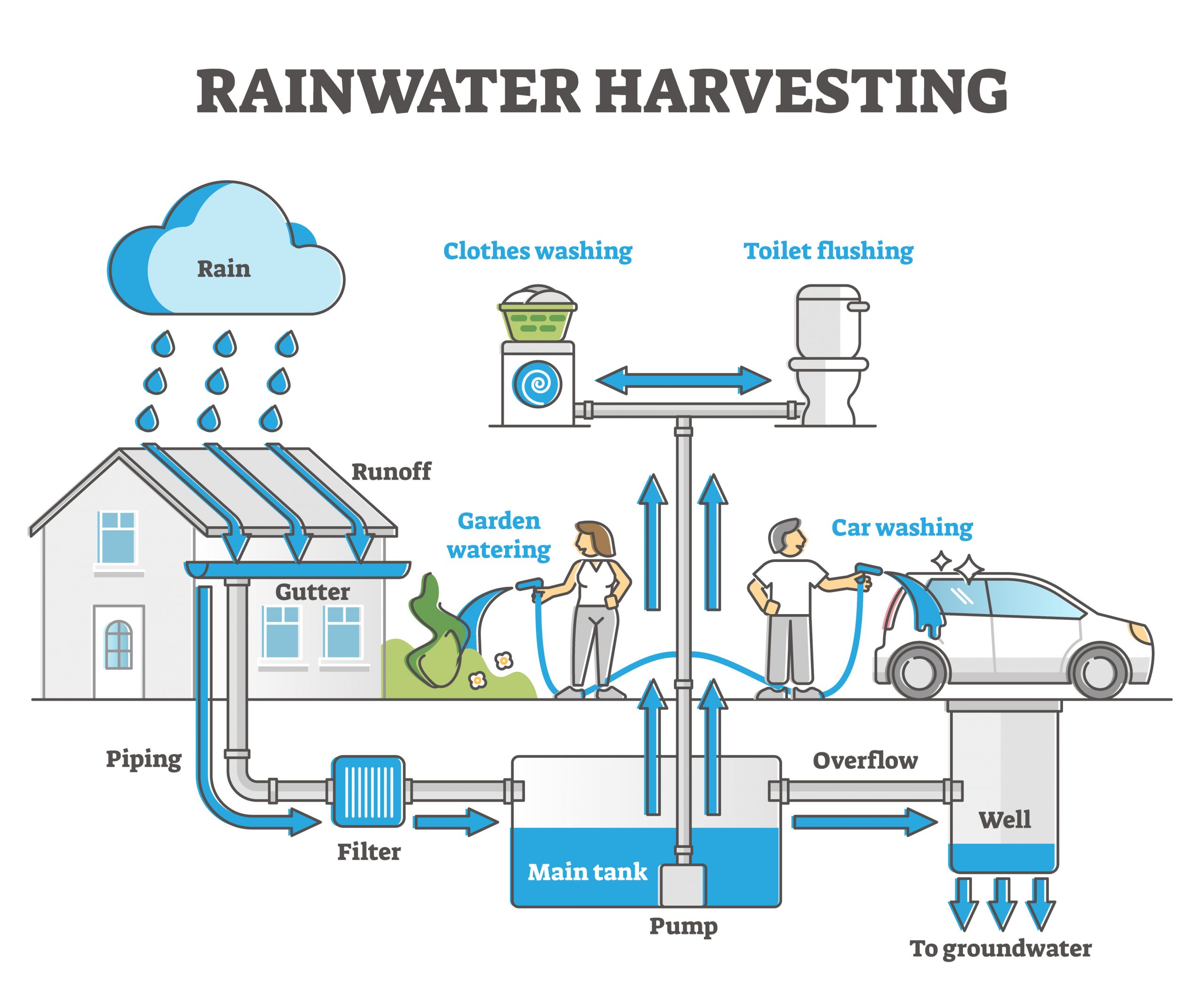To conserve water in the midst of another extreme drought, Supervisors Rafael Mandelman (District 8), Gordon Mar (District 4), and Myrna Melgar (District 7) proposed legislation (“Legislation”) to strengthen the 2012 Non-potable Water Ordinance (Article 12C of the San Francisco Health Code). The Legislation’s goal is to preserve the City’s water supply by requiring the use of non-potable water, which is water not suitable for drinking, for other productive uses such as toilet flushing, irrigation, decorative fountains, dust control and cooling applications. Across the nation, non-potable water is used to reduce pressure on natural water resources, and the use of onsite non-potable water may also reduce flows into the sewer, reducing strain on the City’s sewer system.
Effective since 2015, most new projects of 40,000 square feet or more are required to utilize the San Francisco Public Utilities Commission’s (“SFPUC”) Water Budget Calculator to assess the available supply of onsite alternate water sources and determine the demand for toilet and urinal flushing and irrigation. Large new projects of 250,000 square feet or more of gross floor area are required to construct, operate, and maintain an onsite non-potable water system to treat and reuse the identified available sources of rainwater, graywater, and foundation drainage to meet the planned demand for non-potable water uses.
In the Legislation introduced on June 29, 2021, the threshold for new projects that must construct, operate, and maintain an onsite non-potable system to treat and reuse available sources of water is reduced to 100,000 gross square feet for projects receiving a site permit after January 1, 2022. The systems required and sources of water to be used are also expanded and will be determined based on building type. For commercial buildings, most available sources, such as rainwater, graywater, blackwater, and foundation drainage, must be used if needed to satisfy as much toilet and urinal flushing and irrigation as possible. For systems providing water to residential and mixed-use projects, available sources of rainwater, greywater, and foundation drainage must be used for toilets, irrigation, and other end uses like clothes washing.
In analyzing the Legislation’s impact on pipeline projects, SFPUC staff determined that the lower threshold would result in a 20,000 gallons per day of potable water savings. This represents just 2% of the total savings anticipated by the Legislation. However, the cost burdens are not linear. For example, the SFPUC’s analysis found that the cost of a graywater system would only be 15% less for a 100,000 square foot building than a 250,000 square foot building. The SFPUC found that there is not sufficient data at this time to say conclusively whether the Legislation would be a net benefit or cost to smaller buildings. Additional cost-benefit analysis by SFPUC staff is expect before the next hearing.
Appreciating the costs for installation of onsite water reuse systems, the SFPUC has in place an Onsite Water Reuse Grant Program to encourage water users to voluntarily reduce SFPUC water supply usage through use of alternate water sources for non-potable application. To incentivize building owners to install alternate water source systems, SFPUC recently lowered the threshold of eligibility for the grant program.
The Legislation has been continued to the call of the Board of Supervisors’ chair and no hearing date has been set for consideration by the Board of Supervisors Public Safety and Neighborhood Services Committee. We will continue to monitor and keep readers updated.
Authored by Reuben, Junius & Rose, LLP Attorney Justin A. Zucker.
The issues discussed in this update are not intended to be legal advice and no attorney-client relationship is established with the recipient. Readers should consult with legal counsel before relying on any of the information contained herein. Reuben, Junius & Rose, LLP is a full service real estate law firm. We specialize in land use, development and entitlement law. We also provide a wide range of transactional services, including leasing, acquisitions and sales, formation of limited liability companies and other entities, lending/workout assistance, subdivision and condominium work.


